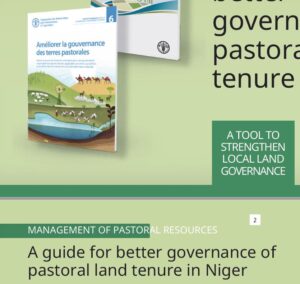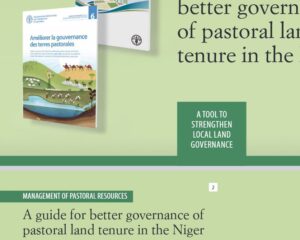Les ressortissants de nombreux pays tels que la France, la Belgique et la Suisse doivent désormais obtenir un visa pour entrer sur le territoire namibien.
Bien qu’il soit possible d’obtenir un visa à l’arrivée, il est recommandé d’effectuer sa demande avant le départ. Pour effectuer votre demande de visa, rendez-vous à l’adresse mentionnée à la fin de cette section.
Tarifs
| Type | Prix |
|---|---|
| Adultes | 1600 N$ (environ 60 €) |
| Enfants (6 à 11 ans) | 800 N$ (environ 40 €) |
| Enfants en bas âge (0 à 5 ans) | Gratuit |
Durée de validité des visas : Les visas à entrées multiples sont valides 90 jours.
Documents requis :
- Passeport avec trois pages vierges valide six mois après la date du départ.
- Formulaire de demande de visa dûment complété.
- Réservations d’hôtel ou itinéraire détaillé.
- Preuve que vous disposez des fonds nécessaires pour assurer vos dépenses tout au long du séjour.
- Assurance santé ou assurance de voyage couvrant vos dépenses de santé en Namibie.
Tous les documents ci-dessus doivent être en anglais ou avoir été traduits par un traducteur assermenté.
Effectuez votre demande de visa à l’adresse https://eservices.mhaiss.gov.na/.
Vous voyagez avec des enfants ?
Si vous voyagez avec des enfants, vous devrez présenter leur certificat de naissance à la frontière (document complet). Si l’original n’est pas en anglais, vous devez fournir une traduction certifiée ou un extrait multilingue. Le site gouvernemental France Diplomatie[1] fournit d’amples informations à propos des formalités d’entrée en Namibie. Les dispositions applicables peuvent varier selon la composition de l’accompagnement parental (nombre de parents présents, parents biologiques ou parents adoptifs).
Conduire en Namibie avec un permis de conduire européen
Si l’original de votre permis de conduire n’est pas en anglais ou si vous disposez d’un permis français, belge, ou suisse, vous avez l’obligation d’obtenir un permis de conduire international.
Il est possible d’effectuer une demande de permis de conduire international, mais le délai d’attente en France est de 4 mois et la procédure est complexe (de nombreux documents sont requis). (Cliquez ici pour voir la procédure). Les autorités françaises recommandent d’ailleurs d’effectuer les démarches au minimum 6 mois avant la date du départ.
Pour économiser ce temps et alléger vos démarches, vous pouvez faire traduire votre permis de conduire. Confiez la traduction de votre permis de conduire à Timothy Barton, traducteur assermenté auprès de la Haute Cour de Namibie.
Traductions de permis de conduire
Tarifs des traductions de permis de conduire français :
Traduction unique :
- Nouveau permis de conduire (format carte de crédit) : 65 € TTC
- Ancien permis de conduire (permis rose) : 80 € TTC
Réductions à partir de la deuxième traduction :
- 15 € de réduction
Tarifs des traductions de permis belges, suisses, et des permis délivrés dans d’autres pays sur devis.
Pour commander la traduction de votre permis de conduire, merci de renseigner ce formulaire.
Attention : conduite à gauche !
En Namibie comme dans les pays voisins, on conduit à gauche.[2]
[1] https://www.diplomatie.gouv.fr/fr/conseils-aux-voyageurs/conseils-par-pays-destination/namibie/
[2] Sauf en Angola.










